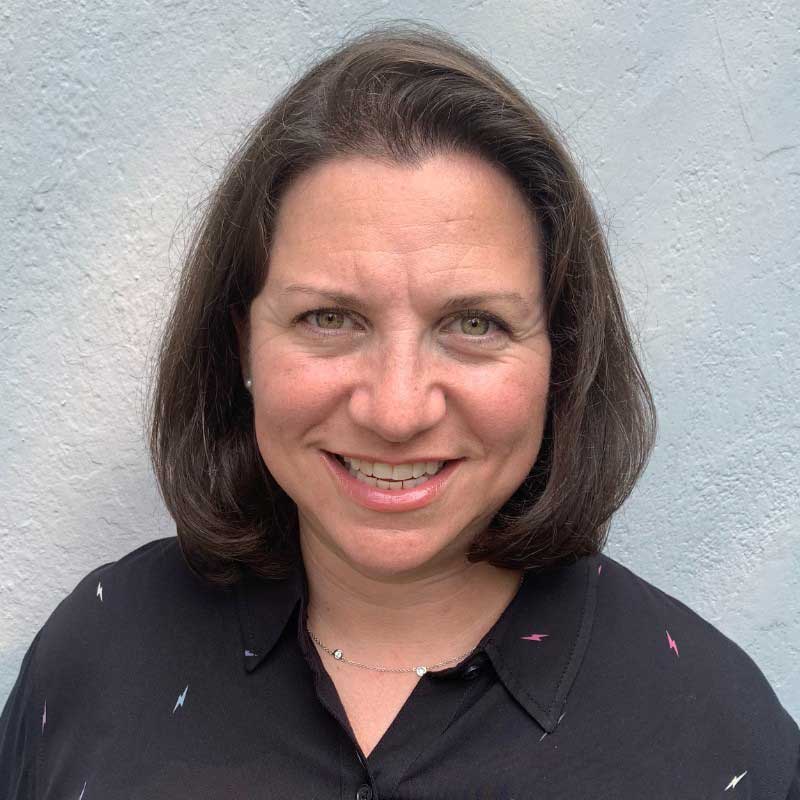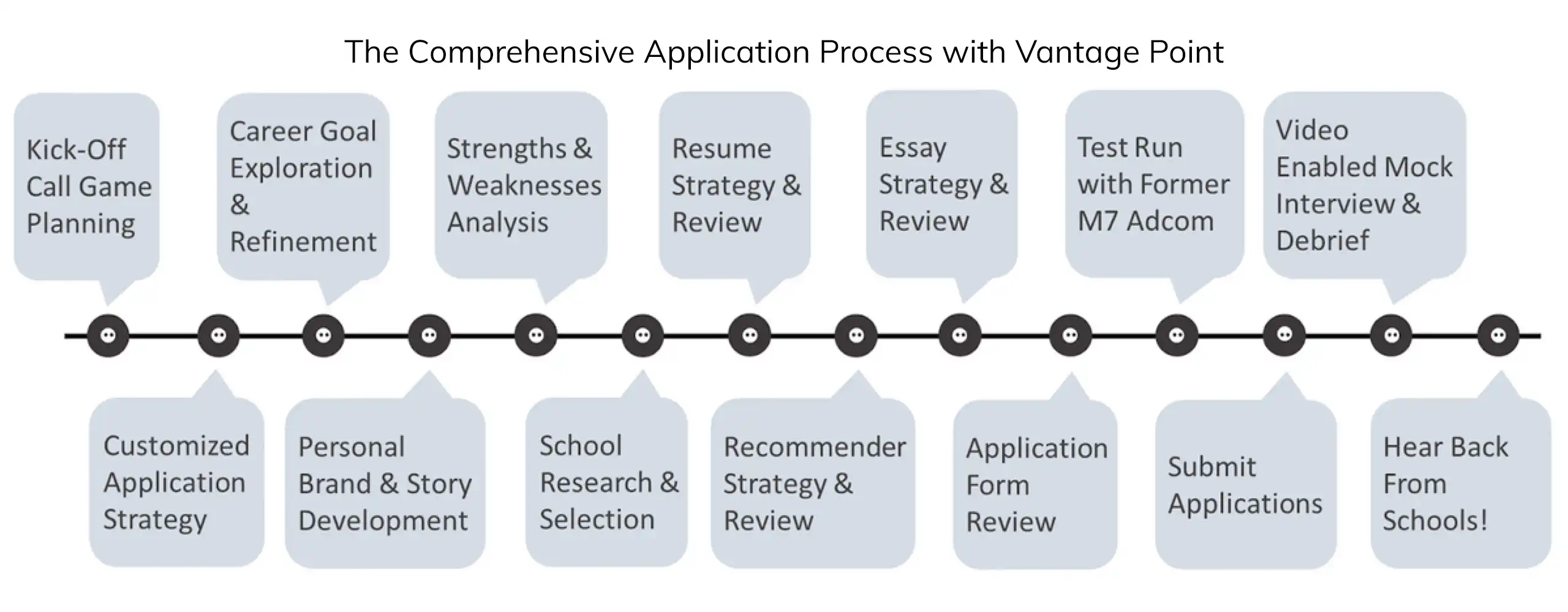Exit Poll: Wharton’s Team-Based Discussion and Interview
This week’s exit poll is from a client, Harrison, who recently completed the group interview (Team-Based Discussion) at Wharton. Below we summarized his day and experience for all of those round 2 Wharton hopefuls!
After arriving in Philly around 10:00am (give yourself plenty of time – you never know how traffic will be), Harrison went directly to the admissions office where he checked-in. There were also several people visiting the school, so the waiting area was a mix of more casual applicants just checking it out and those in business formal attire waiting for the actual interview.
Upon checking-in, he was asked to sign-up on a large board listing all of the classes that were available for sit-in at 10:30am. There were student ambassadors available to answer questions about student life, academics, etc; and of course each of these ambassadors was surrounded by a large group of hopefuls (rule of thumb here: ask a question but don’t monopolize the student ambassador – bonus points if you open up the circle for someone else to join the discussion).
On the recommendation of a friend, Harrison made an effort to meet others in the waiting areas in order to essentially break the ice before the team-based discussion. Based on our experience, this is the best route to take. Oftentimes applicants approach the team-based discussion very competitively / autonomously while completely forgetting that the adcom wants to observe that you can work well with other people. Our advice? Always be the person others want to work with in this setting – not the hard-*** who tries to intimidate everyone else.
A few minutes before 10:30am, Harrison and four other interviewees walked to the class they had selected to sit-in upon. They all sat in the back and just observed, as is typically the case. They then returned to the admissions office at noon and went to a lecture hall with a larger group of interviewees, during which time the head of student life and a panel of approximately 10 students provided a Q&A on admissions, student life and academics for 45 minutes while the interviewees ate lunch. After the more formal panel, the students invited the interviewees to ask more specific questions and assured them that this was not part of the admissions process (eg. so they were free to be candid).
After lunch, it was Harrison’s interview time, so he returned to the waiting area and student interviewers called out groups of six interviewees at a time to get started. Harrison was in the first group, and two students led his six-person group of interviewees to a small room off of the main hall. The applicants sat around a small, circular table and two interviewers sat in chairs in the corners of the room observing.
The interview started with the two interviewers, both second-year students, introducing the task of creating a new leadership venture for students. The interviewees then each introduced themselves (name, job and intended MBA concentration). After introductions, the interviewers started a 35 minute timer on an iPad placed in the center of the table, signaling that it was time for the exercise to begin.
The team-based discussion started with each applicant giving his or her one-minute pitch while someone else took notes on the board. The pitches in Harrison’s group were drastically different – some were very extreme and some very basic. After the pitches, the group discussed what they really wanted to get out of the venture (eg. the goals of the new venture).
After some discussion, Harrison spoke-up and suggested using another applicant’s idea as the base for their new venture (very collaborative – bonus point!), and with the agreement of the group, they began to evaluate and refine that idea, which was a military-based expedition. The discussion focused on the goals of the expedition and how the students could benefit from it. From there, they determined the key activities that would comprise the expedition as well as the logistics for how students would arrive, how long it would take, etc. Additionally, they determined how they would define “success” and how they would evaluate the performance of the new venture. Harrison noted that this was an important point but one that he felt could have easily gotten lost given all of the other detailed discussions in such a short time and at such a rapid-fire pace.
With approximately seven minutes left, they decided to go back and recap the idea to ensure everyone was aligned and assign roles for the presentation. With just under five minutes to go, they began presenting, with each interviewee presenting a small piece of the idea. They finished exactly on time!
After the team-based discussion, Harrison left the room with the other applicants, who he said were all very complimentary of one-another and friendly (sigh of relief?) Then each of his team members was called individually for a solo interview with one of the two student interviewers. In his solo interview, Harrison was asked about his experiences with Wharton students thus far and why he wants to attend (2-3 minutes). Then he was asked questions about his current role, challenges and achievements (5 minutes). And finally he was given time to ask his questions (5 minutes). Overall Harrison had a great experience!
Note that his experience in the team-based discussion was much more collaborative than some others we hear about. From time to time I’ll have clients tell me about a team-based discussion where everyone was talking over everyone else or where there was one person who was a little bit of a bully. Again, do not be that person! And if that person is in your group, it’s always good to be the person who tries to advance the discussion while ensuring that everyone is being heard and acknowledged. For all of the strategy consultants out there, you know this well. You’re often practicing this process of listening to everything the client says then synthesizing and paraphrasing it in a way that points to direction or action. This is a great approach to take if you’re in a team-based discussion that becomes a little too chaotic.
As always, we’re here to help as you put together your Wharton application!
November 30, 2016





Pingback: Wharton Interview Tips: Prepare for their MBA Interview Questions
October 24, 2024 1:47 pm